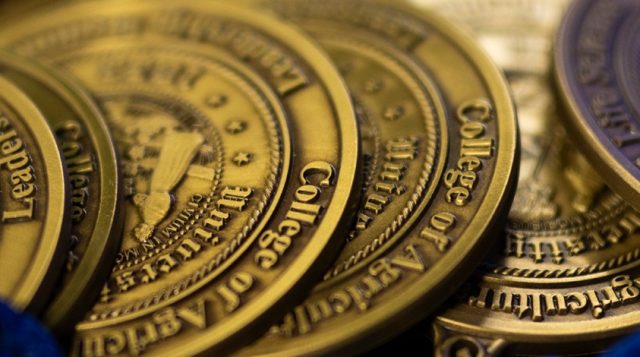Check out the latest news from University of Florida Microbiology and Cell Science.
Recent Stories

Breaking barriers, mentoring minds: New UF/IFAS scientist earns spot among America’s Inspiring Hispanic researchers
The newest scientist to join the UF/IFAS Fort Lauderdale Research and Education Center has been honored with a place on the ...

CALS Student Presents Biotechnology Research
As a student in the UF/IFAS College of Agricultural and Life Sciences (CALS), Zoe Fang wanted to participate in undergraduate research. Fang, a recent microbiology and cell...

UF College of Agricultural and Life Sciences celebrates student award winners
GAINESVILLE, Fla. Sixteen UF/IFAS College of Agricultural and Life Sciences students were recognized for their academic achievement and successes at the University of Florida during the annual CALS awards ceremony, held April 16. “I’m...
